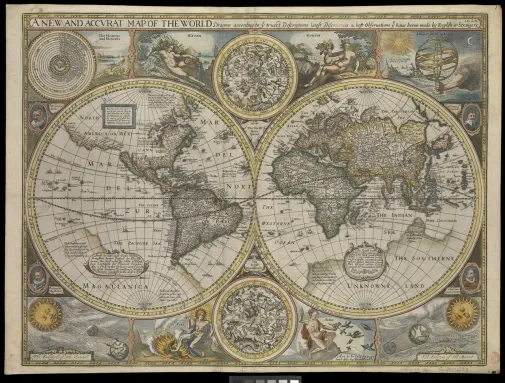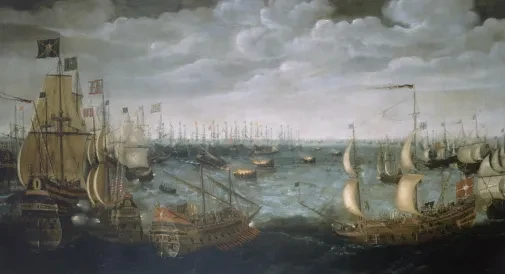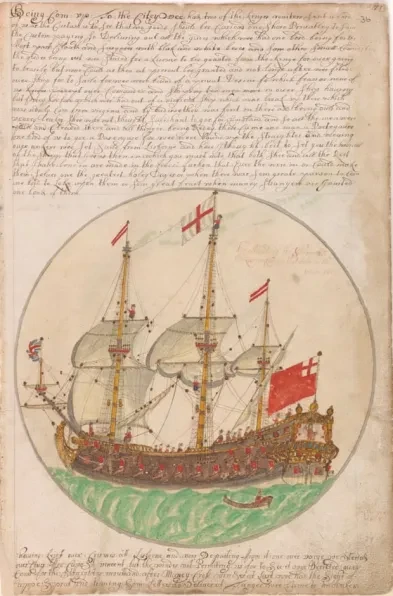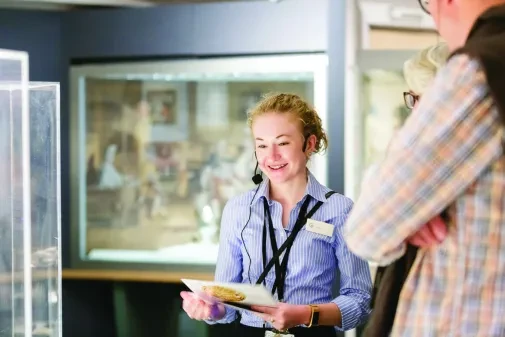
Essential information
| Location | |
|---|---|
| Price | Free |
Under Queen Elizabeth I, how did England reverse its fortunes to become a successful maritime nation and a key power on the world stage?
In the Tudor and Stuart Seafarers gallery, discover the development of a maritime force through stories of exploration, innovation, power, wealth, exploitation and conflict.
Inside the gallery
The Tudor and Stuart periods (1485-1714) marked a spell of intense growth for England and its prospects as a result of increased investment in navigation, trade and exploration, but also warfare, colonisation and exploitation.
Under Elizabeth I, England became a nation with truly global interests. Having seen the immense wealth to be gained from funding exploration expeditions, Elizabeth funnelled money and resources into voyages by explorers such as Francis Drake, Walter Raleigh and Thomas Cavendish to discover new lands and claim their treasures.
Advances in navigational techniques propelled the mapping of new territories and the establishment of trade routes, creating a bountiful flow of goods in and out of England to increasingly distant parts of the globe. During this time, more people went to sea than ever before to make a living - or a fortune - on the waves.

But while England prospered, the consequences for its conquests were dire; England created colonies, subjugating, enslaving and even wiping out indigenous populations. The English spread war and disease, and exploited natural resources.
Meanwhile, privateers and pirates plundered and terrorised the seas, with the 17th and early 18th centuries becoming known as the ‘golden age of piracy’.
Inside the gallery, explore this tumultuous period through artefacts, maps, handwritten diaries, paintings, interactive displays and more, that examine how England experienced unprecedented expansion and economic success – and at what human cost.
Visiting Tudor and Stuart Seafarers
Where is the gallery?
Tudor and Stuart Seafarers is a permanent gallery at the National Maritime Museum in Greenwich, located on the second floor. Entry to the Museum is free: book tickets online in advance to guarantee entry and receive updates before you visit.
Tours and audio guides
Tudor and Stuart Seafarers features as part of the range of audio guides available at the National Maritime Museum. Listen to a free introduction to the gallery here, or find out more about objects on display by ordering a special Treasures Tour.
Accessibility
BSL is included as part of the National Maritime Museum audio guide. Large print guides are also available inside the gallery. For more information about accessibility at the National Maritime Museum, click here.
Gallery closures
Occasionally some gallery closures may affect your visit to the National Maritime Museum. Find details of upcoming closures here.
Make the most of your visit
Find more free galleries and attractions at the National Maritime Museum.
Tickets and Opening
Free entry
10am-5pm daily
- Greenwich Station
- Maze Hill Station
- Greenwich Pier

Visit the National Maritime Museum
This gallery is supported by:
- The Pigott Family










